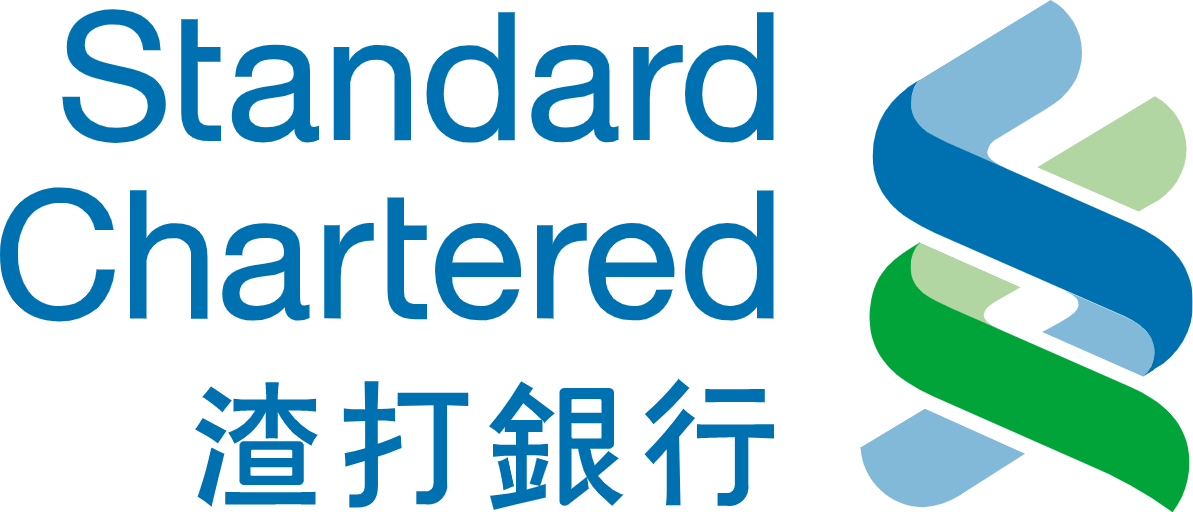The Tang suit evolved from luxurious, wide-sleeved robes to simpler, practical attire, reflecting the Tang Dynasty’s cultural and socio-economic changes.
Early Tang Dynasty
Design Features and Popular Elements in Early Tang
During the early Tang Dynasty, an era marked by cultural richness and prosperity, the Tang suit emerged as a symbol of elegance and status. Robes with wide sleeves and a loose fit dominated the fashion scene, showcasing the era’s preference for comfort combined with luxury. These garments, primarily made of silk, vividly represented the wearer’s social standing. The period was especially known for its bright colors and intricate patterns, a direct reflection of the Tang Dynasty’s cosmopolitan nature. Designers of this era skillfully blended traditional Chinese aesthetics with influences from Central Asian styles, thanks to the cultural exchanges facilitated by the Silk Road.
One of the era’s most distinctive features was the incorporation of “Hufu” or foreign-style robes. These robes, shorter and more fitted than traditional Chinese garments, were adorned with round collars and knotted buttons, signifying the Tang Dynasty’s openness to external influences. The practice of layering multiple garments, a fashionable and practical choice, became increasingly popular, offering versatility to the wearer while adapting to the varied climate.

Continuity and Innovation from Previous Dynasties
Fashion in the early Tang Dynasty skillfully balanced preservation and innovation. Designers of this period took the existing dress codes from the Sui and earlier dynasties and infused them with new, innovative designs. There was a concerted effort to maintain traditional Chinese dress elements while embracing novel ideas. A significant transformation occurred with the ‘Shenyi’, a traditional one-piece garment. It evolved into more elaborate forms, adding both versatility and grace to the traditional silhouette.
‘Daxiushan’, a large-sleeved robe, became a hallmark of women’s fashion during this period. This garment, frequently depicted in Tang Dynasty art, symbolized the harmonious blend of elegance and freedom prevalent in the era’s fashion. The Daxiushan was not just a piece of clothing but a canvas for artistic expression, often featuring exquisite embroidery and nature-inspired motifs, embodying the era’s artistic sensibilities.
The Tang suit during the early Tang Dynasty serves as a vibrant testament to the era’s values and aesthetics. This period set a foundational style for Chinese fashion, leaving a lasting influence that continued for centuries. The garments from this era, preserved in art and literature, offer a window into the life and culture of early Tang China, as well-documented in historical records and academic studies.
Mid-Tang Dynasty
Key Design Changes during the Middle Period
The mid-Tang Dynasty marked a significant shift in the realm of fashion. Robes became more form-fitting, reflecting a societal shift towards appreciating a more tailored look. This period introduced “Qixiong shan” (齐胸衫), a high-waisted dress that stands as a distinct symbol of mid-Tang fashion. This style, unique in its design, elevated the waistline to just below the bust, creating an elongated silhouette that became a fashion trend among women of all classes.
Another notable development was the use of layering and contrasting colors in garments. Fashion enthusiasts of this period experimented with various fabric layers, each with contrasting colors and textures, to create a visually striking appearance. Silk remained the preferred fabric, but its use became more intricate, often featuring detailed embroidery that depicted scenes from nature, mythology, and everyday life.
Designers and tailors of this era also started to pay more attention to sleeve designs. Sleeves became longer and wider, often reaching the ground, a style that was both fashionable and symbolic of the wearer’s social status. These exaggerated sleeves were not just a fashion statement but also a canvas for showcasing exquisite craftsmanship and artistic expression.
Sociocultural Influences Reflected in Garments
The fashion of the mid-Tang Dynasty was a direct reflection of the sociocultural dynamics of the period. As the Tang Dynasty experienced increased interaction with neighboring regions, fashion began to incorporate elements from other cultures, notably those along the Silk Road. The integration of foreign styles into Tang fashion symbolized the dynasty’s cosmopolitan nature and its openness to external influences.
During this period, women’s roles in society began to evolve, and this change was mirrored in the fashion of the time. The high-waisted dresses and form-fitting robes offered women more freedom of movement compared to earlier styles, subtly reflecting the changing perception of women in society.
The mid-Tang period saw an increased emphasis on displaying wealth and status through clothing. The use of luxurious materials, intricate embroidery, and elaborate designs became more pronounced, serving as indicators of the wearer’s social standing and wealth.
The mid-Tang Dynasty’s fashion was an interplay of cultural influences, societal changes, and artistic expression. This period’s clothing styles, documented in various historical texts, not only served as a means of personal adornment but also as a reflection of the vibrant and dynamic society of the Tang era.
Late Tang Dynasty
Distinctive Styles and Changes in the Late Period
As the Tang Dynasty approached its twilight years, the fashion landscape underwent remarkable changes, reflecting the evolving social and political climate. Garments became more diversified and practical, adapting to the changing needs and preferences of the populace. One significant trend was the simplification of designs. While earlier Tang fashions boasted complexity and opulence, the late Tang era saw a shift towards simpler, more functional attire. This change was partly due to the dynasty’s declining economic and political power, which influenced people to opt for more modest and practical clothing.
The late Tang Dynasty also witnessed the introduction of “Beizi” (褙子), a loose-fitting, straight-sleeved jacket that gained popularity among both men and women. This versatile piece of clothing was suitable for various activities and social settings, marking a shift towards more gender-neutral and utilitarian clothing styles. Another notable change was the reduction in the use of luxurious fabrics like silk. People started to favor more affordable and durable materials, such as linen and cotton, which were better suited to the era’s pragmatic approach to fashion.
The Legacy and Influence on Subsequent Chinese Fashion
The fashion of the late Tang Dynasty left an indelible mark on Chinese sartorial history. The era’s shift towards simplicity and functionality laid the groundwork for future Chinese fashion trends. The late Tang styles influenced the Song Dynasty’s fashion, which is often characterized by its minimalism and understated elegance. The Beizi, in particular, remained a staple garment in Chinese wardrobe for centuries, evolving in various forms and styles in subsequent dynasties.
The late Tang Dynasty’s approach to fashion, favoring practicality and modesty, resonated through the ages, influencing the clothing choices of ordinary Chinese people. This period’s legacy is evident in the enduring preference for comfortable, versatile, and modest clothing in modern Chinese fashion.
The late Tang Dynasty’s fashion choices, which were a response to socio-economic conditions, highlight the critical role of clothing as a reflection of societal changes. This era’s attire, extensively documented in historical records, offers valuable insights into the social and economic dynamics of the late Tang period.

Overview of Tang Suit Evolution Across
Summary of the Tang Suit’s Evolution Through the Dynasty
The evolution of the Tang suit across the dynasty is a fascinating journey that mirrors the cultural, social, and political shifts of the era. In the early Tang Dynasty, the fashion was characterized by its luxurious fabrics, bright colors, and elaborate designs, reflecting the dynasty’s prosperity and openness to external influences. Garments like the wide-sleeved robes and Hufu highlighted the era’s cosmopolitan nature and the fusion of different cultural styles.
Moving into the mid-Tang period, there was a noticeable shift towards more form-fitting garments. The introduction of Qixiong shan and the use of layering and contrasting colors in outfits showcased a preference for more tailored and visually striking attire. This period also marked the beginning of significant foreign influences in Tang fashion, reflecting the dynasty’s continued engagement with the broader world.
During the late Tang Dynasty, the fashion landscape shifted towards simplicity and practicality, a response to the changing socio-economic conditions. The Beizi became popular, marking a move towards more gender-neutral and utilitarian clothing styles. This period also saw a reduction in the use of luxurious fabrics, with people favoring more affordable and durable materials.
To provide a comprehensive comparison, here is a table summarizing the evolution of the Tang suit across the early, mid, and late Tang periods:
| Period | Fabric and Color | Design Features | Sociocultural Influence |
|---|---|---|---|
| Early Tang | Luxurious silk, bright colors | Wide sleeves, loose fit, Hufu style | Cosmopolitan, fusion of different cultures |
| Mid Tang | Silk with detailed embroidery, contrasting colors | Form-fitting, Qixiong shan, layered garments | Influence of foreign styles, tailored look |
| Late Tang | More affordable materials like linen and cotton | Simpler designs, Beizi, practical attire | Economic and political changes, practicality |
This table encapsulates the distinct characteristics and influences of Tang fashion across different periods, highlighting the dynamic evolution of the Tang suit and its enduring impact on Chinese culture and fashion.
Long-Term Impact on Chinese Dress and Culture
The Tang Dynasty’s fashion evolution had a profound and lasting impact on Chinese dress and culture. The early Tang styles, with their opulence and extravagance, set the foundation for Chinese fashion, influencing subsequent dynasties. The mid-Tang period’s tailored and layered designs continued to inspire Chinese fashion, emphasizing the importance of silhouette and color play. The late Tang’s practical and modest attire resonated through the ages, shaping the Chinese preference for comfortable and versatile clothing.
This evolution of the Tang suit is not just a historical narrative but a testament to the dynamic nature of fashion as a reflection of societal changes. Each period’s distinct style provides insights into the cultural and social milieu of the Tang Dynasty, as recorded in various historical texts and artifacts.








